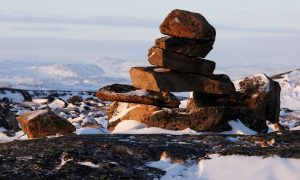
The untouched, expansive nature of Canada is well known. Millions of people are drawn there every year by the profusion of natural attractions. But there is also a unique feel in the Canadian communities. View the top ten most famous Canadian landmarks below.
1. Banff
Positioned in the heart of a national park, surrounded by mountains. The town is a well-liked tourist destination since it offers many gorgeous locations and activities, such as climbing, skiing, cycling, and more. The town’s centre is located on Banff Avenue. There are lots of cafes, restaurants, stores, and museums there. It’s fun to examine the historical architecture on the main street.
2. Hotel de Glace
Among all ice hotels, it might be the most stunning. It’s an astonishing sight because the ice is transparent and appears to be made of glass. Only a short distance from Quebec City’s downtown, the hotel welcomes guests with a drink, naturally presented in an ice glass. Warm sleeping bags are provided in the rooms, ensuring a comfortable night’s relaxation.
3. Ice Caves
The region covered in ice and snow forever. The ice caverns can be extremely perilous and only accessible to experts in locations like Booming Ice Chasm. The cave has incredible acoustics, and the ice is transparent. However, only experienced climbers should attempt these treacherous walls because even the smallest error could cause them to fall.
4. Mount Asgard
Auyuittuq National Park is home to a spectacular mountain that is composed of twin towers that are 2015 meters (6610 feet) tall. The name is derived from Scandinavian mythology, where Asgard is the land of the gods and is known to the Inuit as Sivanitirutinguak. Because of its pristine landscape, lofty peaks, and mystical tranquilly, the entire park is a lovely site to visit.
5. Niagara Falls
The USA-Canada border is marked by the most well-known waterfall. The three falls that make up the natural wonder are dispersed over the countries of Canada and the United States. Millions of travellers come to the waterfall each year. In addition, because of the enormous amount of water that falls with such force, it can generate hydroelectric power.






